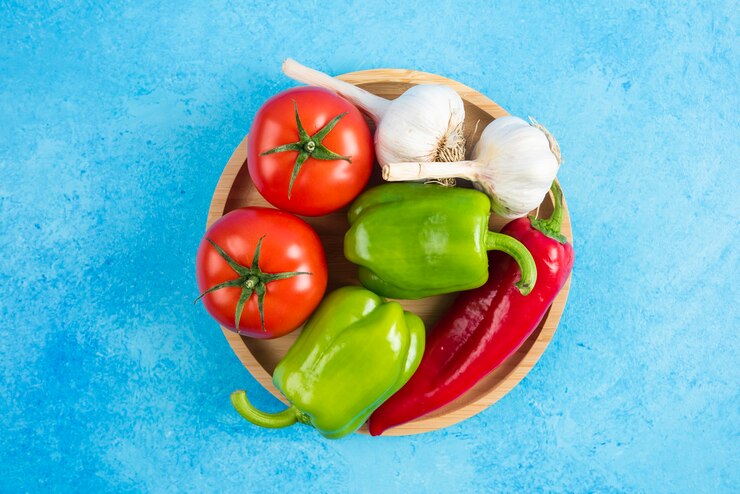
What is a food pantry?
In September 2020, following 6 months of delivering food parcels, Trust House made the decision to switch to a more sustainable way of redistributing food to our visitors. We decided to adopt a model known as food pantry. This is sometimes known as a food club, food hub or community grocery. Whatever you decide to call it, the basic idea is the same, that you are able to offer a selection of food at a fraction of the cost, allowing your clients to chose what food they get, giving them dignity and providing a sustainable way of distributing food.
Benefits of food pantry
During the last 2 years we have seen many benefits of transitioning to a food pantry.
Increased variety and fresh food offer
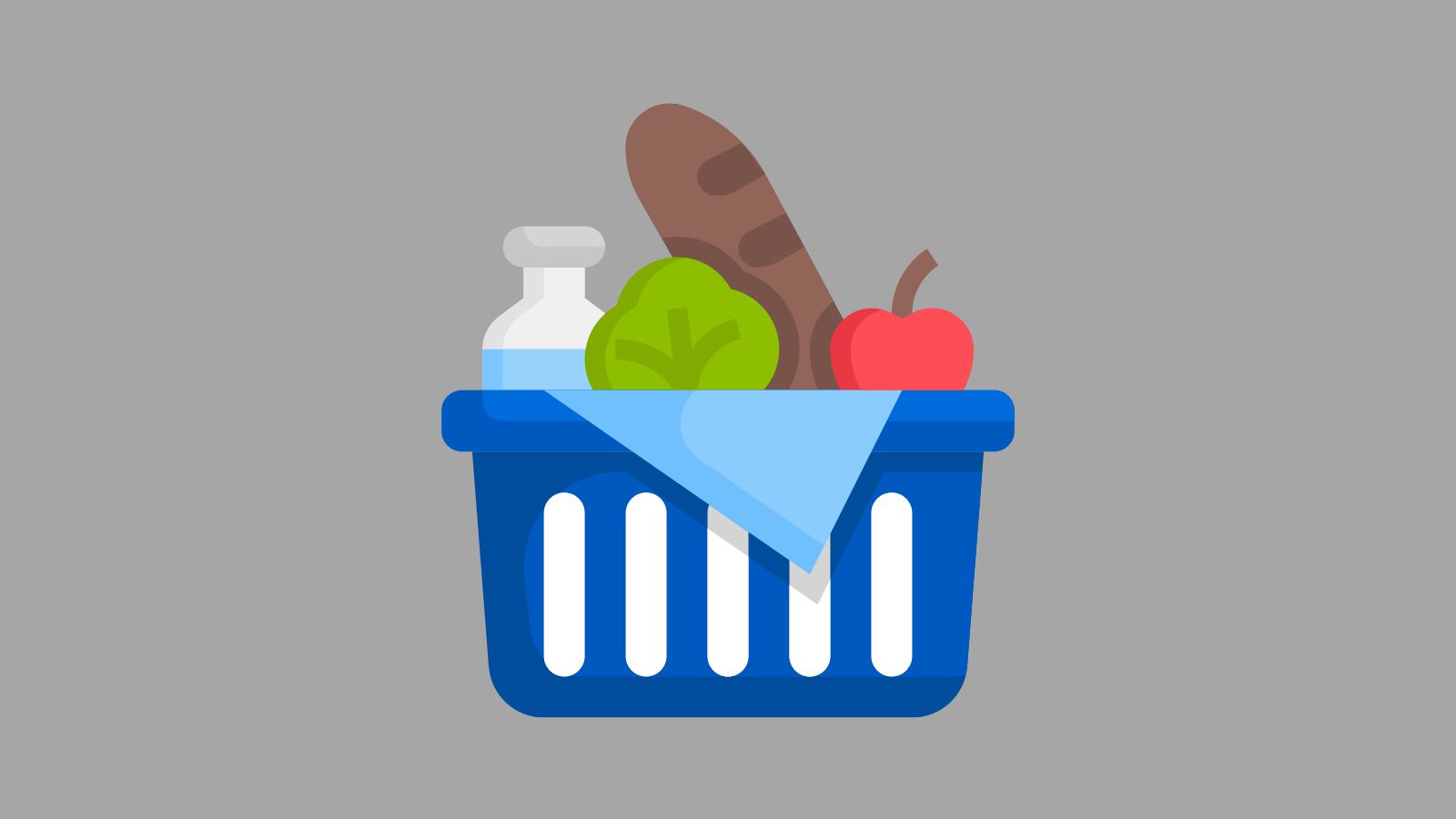
We have found that the small fee which we charge for our weekly pantry allows us to access a great variety of items that we can pass on to our visitors. We have also been able to offer fresh fruit and vegetables each week, with a focus on seasonal produce.
Food is the gateway to offering holistic support
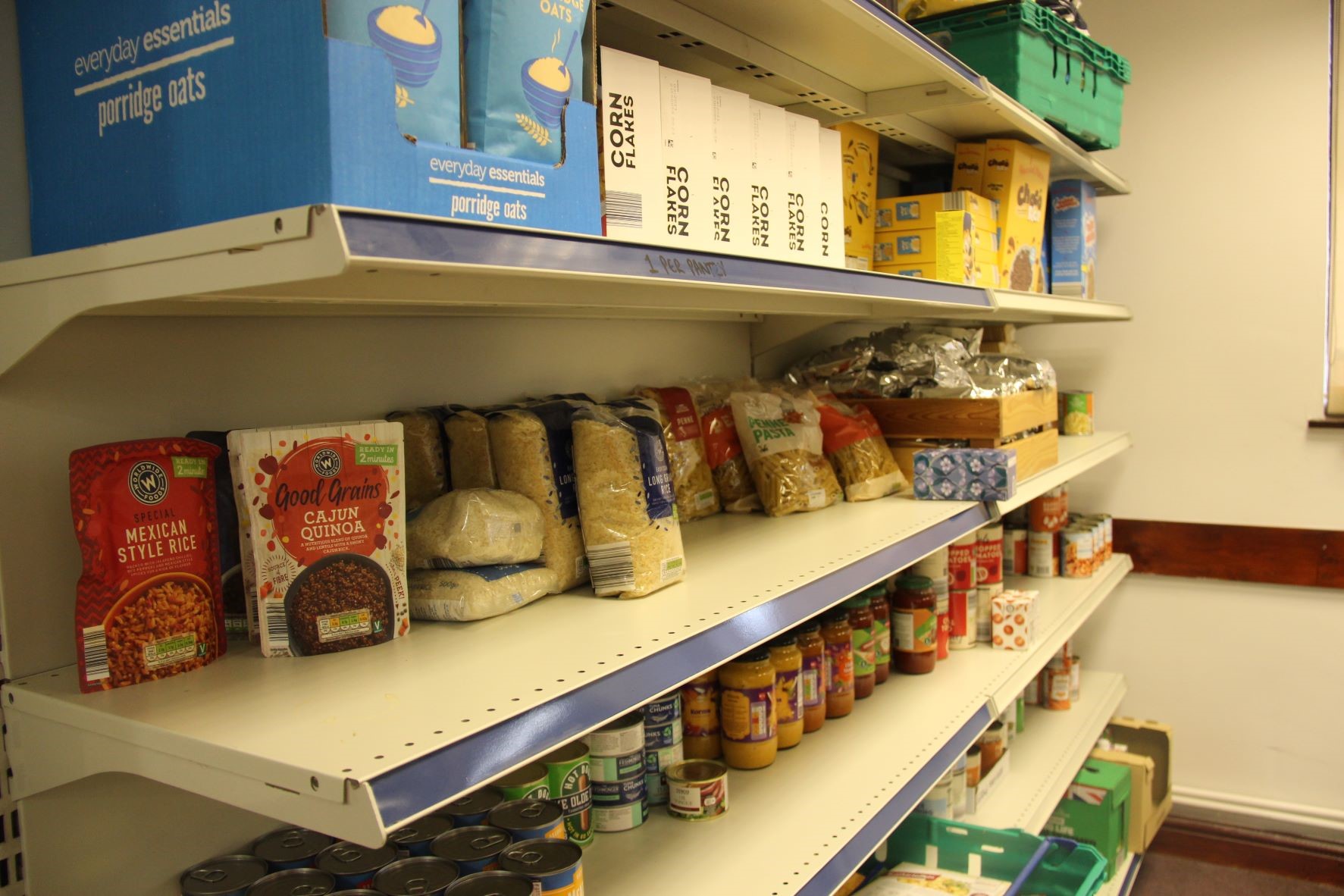
During our conversations with our visitors at food pantry we have been able to uncover a number of other ‘hidden’ issues which we would not have been aware of. These range from visitors not having access to cookers or not being able to top up their electric to keep their fridge cold. The transactional nature of a food pantry means that we can look at the whole person and engage them in other services and wider support.
Dignity & Choice
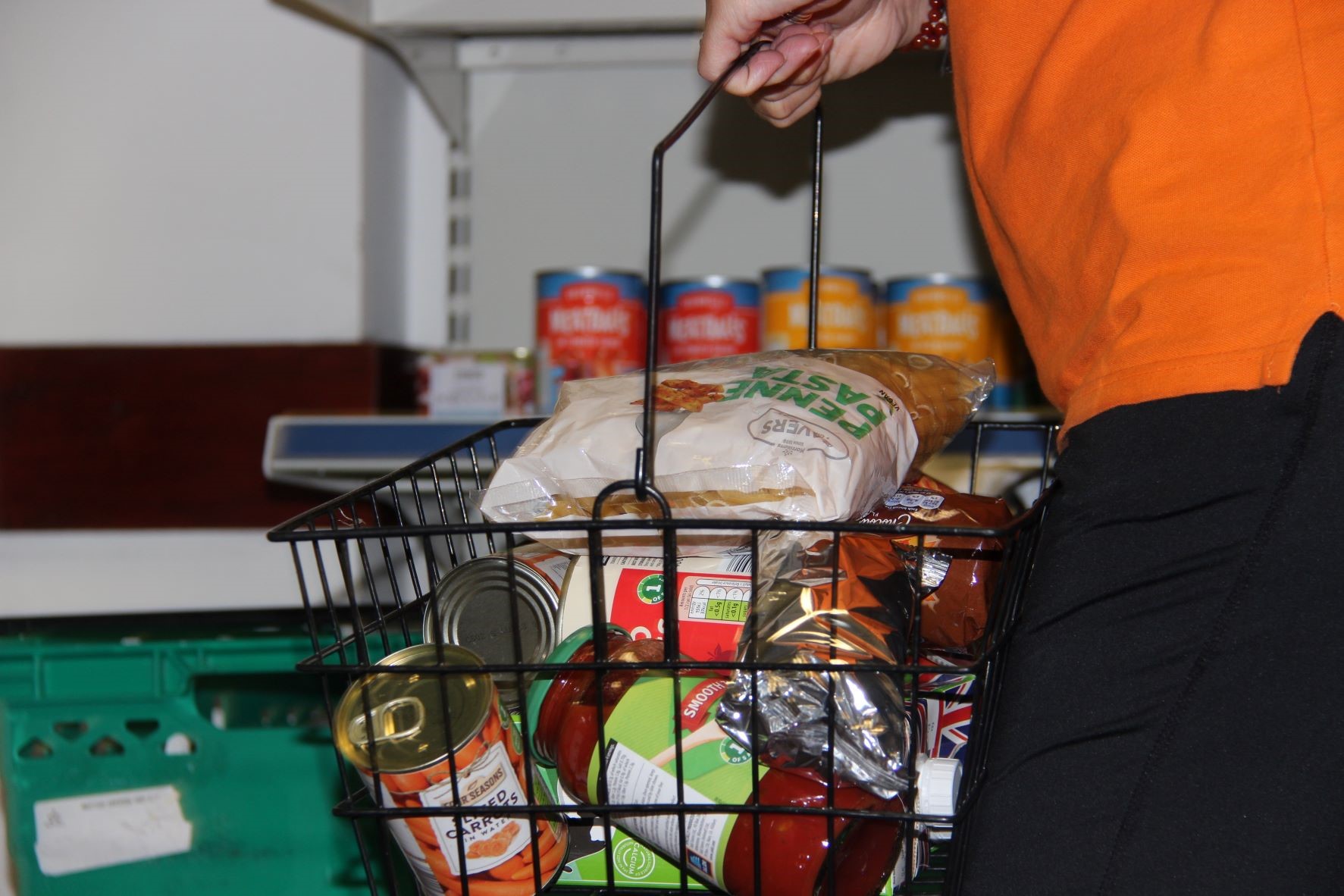
Getting a food parcel or even asking for support can be a humiliating experience. The food pantry model allows much more dignity, with visitors being able to purchase their own food items as well as being able to make choices rather than being given a standard food parcel. The dignity element was one of the main draws to transitioning to this model, with a strong focus on giving our visitors the ability to make their own decisions.
Sustainability
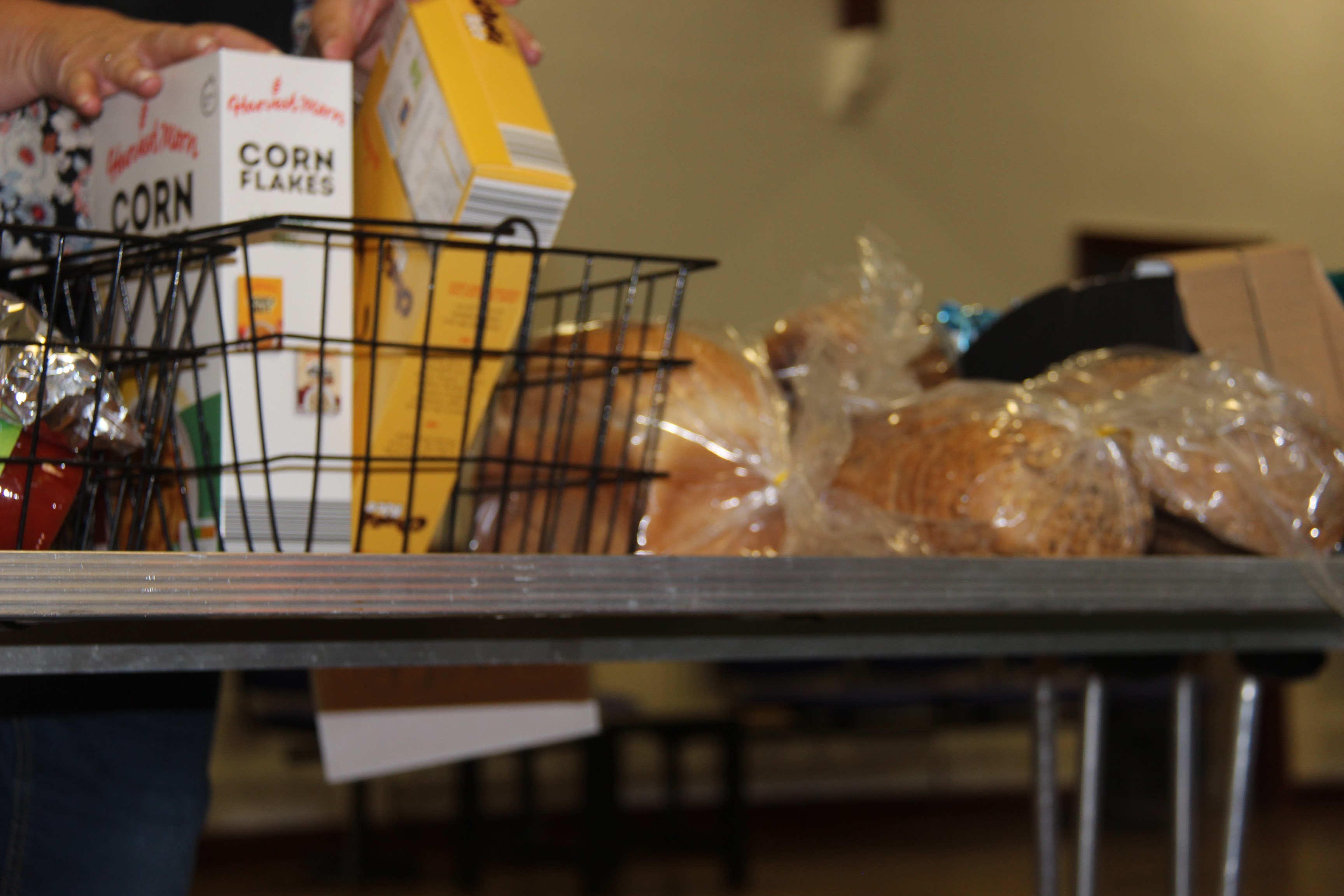
During the six months that Trust House delivered food parcels, it became very obvious that this was not a sustainable model. Although we were able to tap into donations from individuals and supermarkets, the demand for food significantly outweighed the donations that came in. The fee which is generated from the food pantry model is all ploughed back into stock, allowing the model to continue as well as growing the number of items on offer.
Reducing Isolation
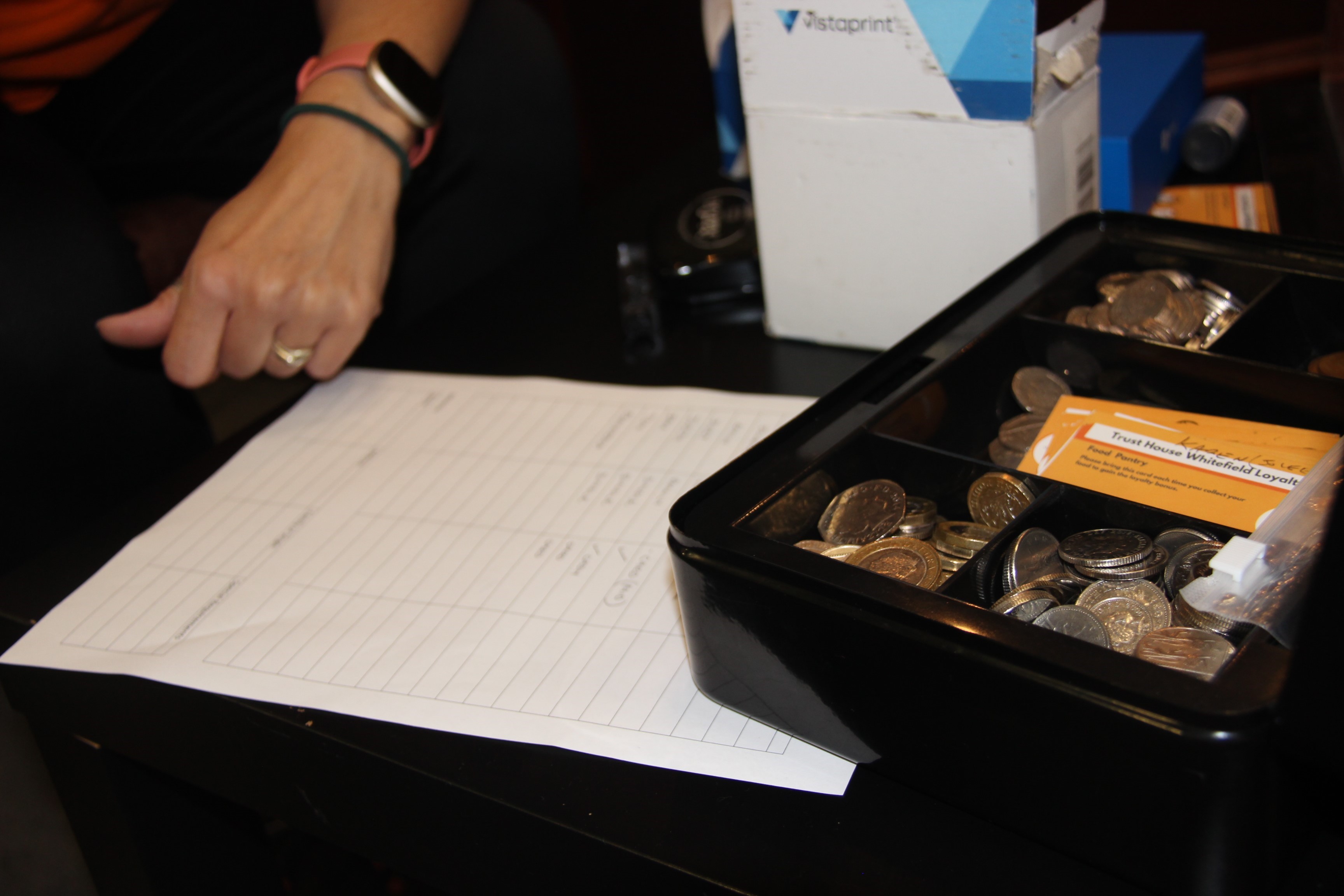
Food is key in bringing communities together. A big part of what we do at Trust House is reducing isolation, through our community cafe and our wellbeing sessions. The pantry model fits in well with this in that it lends itself to conversations and time spent with others. We have found that more and more of our visitors to food pantry stay at Trust House to make use of the community cafe and meet other individuals with similar barriers and challenges in their lives.
Related Pages
Sustainability, Recipes and Seasonal Produce
Last Updated: 12th Dec 2022, 11:30